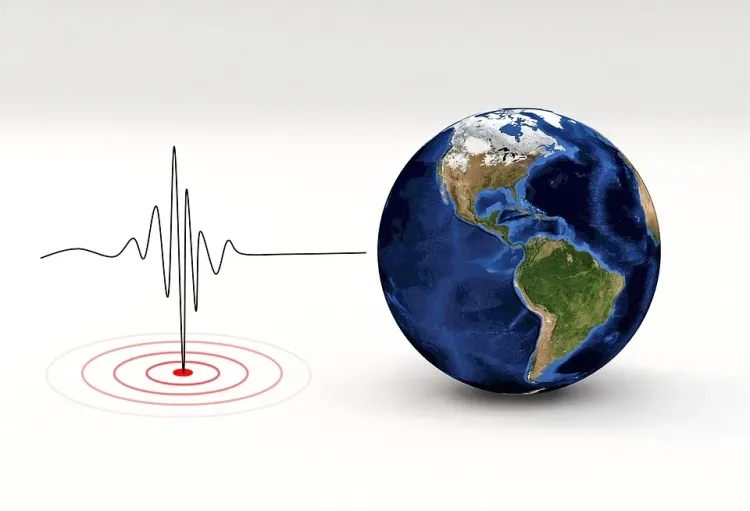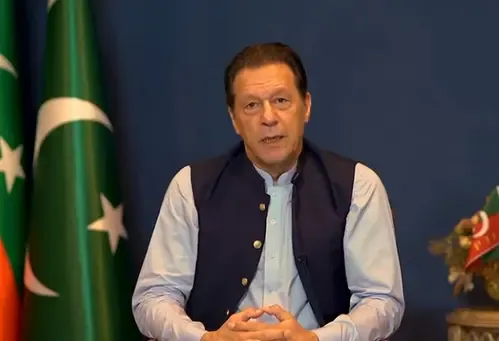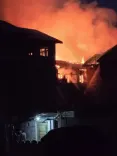What Happened with the 6.7-magnitude Earthquake in Russia's Kuril Islands?

Synopsis
Key Takeaways
- Magnitude: The earthquake measured 6.7 and was followed by numerous aftershocks.
- No Casualties: The Kremlin confirmed no injuries or deaths due to the quake.
- Seismic Activity: The region has experienced significant seismic activity in recent days.
- Monitoring: Authorities are closely observing the situation for any further developments.
- Tsunami Alerts: Tsunami warnings for nearby regions have been downgraded.
Moscow, Aug 3 (NationPress) A strong earthquake measuring 6.7 on the Richter scale hit the Kuril Islands of Russia on Sunday, as reported by the German Research Centre for Geosciences (GFZ).
Initially, the agency had estimated the quake at 6.35 with a shallow depth of 10 kilometres (or 6.2 miles), but these assessments were later updated.
The Pacific Tsunami Warning Center recorded the tremor at a magnitude of 7.0 and confirmed that no tsunami warning was issued in connection with the incident.
This earthquake follows a previous one of magnitude 6.2 that occurred late Friday to the east of the Kuril Islands, as reported by India's National Centre for Seismology (NCS) on Saturday.
This surge of seismic activity comes just days after a significant 8.7 magnitude quake struck on July 30, ranking as the sixth strongest ever documented globally.
Despite the severity of these events, the Kremlin has reported no casualties within Russia.
Since the July 30 earthquake, the area has experienced more than 125 aftershocks measuring 4.4 or higher.
Among these, at least three were registered above 6.0, including a notable 6.9 magnitude aftershock occurring approximately 45 minutes post the initial quake.
Aftershocks continue to be felt throughout the Kuril Islands, with experts indicating that such tremors are typically most intense and frequent in the initial hours to days following a major quake.
Generally, their frequency and strength diminish over time.
Shallow earthquakes like the one experienced on Sunday are often deemed more perilous than their deeper counterparts due to their closeness to the Earth’s surface, resulting in more severe ground shaking and heightened risk of structural damage and casualties.
Meanwhile, the tsunami advisory issued for Hawaii following the massive quake on July 30 has now been revoked.
Tsunami alerts for Japan and parts of the US coastline have also been reduced to advisories.
Authorities are maintaining vigilant monitoring of the situation as the area remains on high alert for additional seismic activity.









